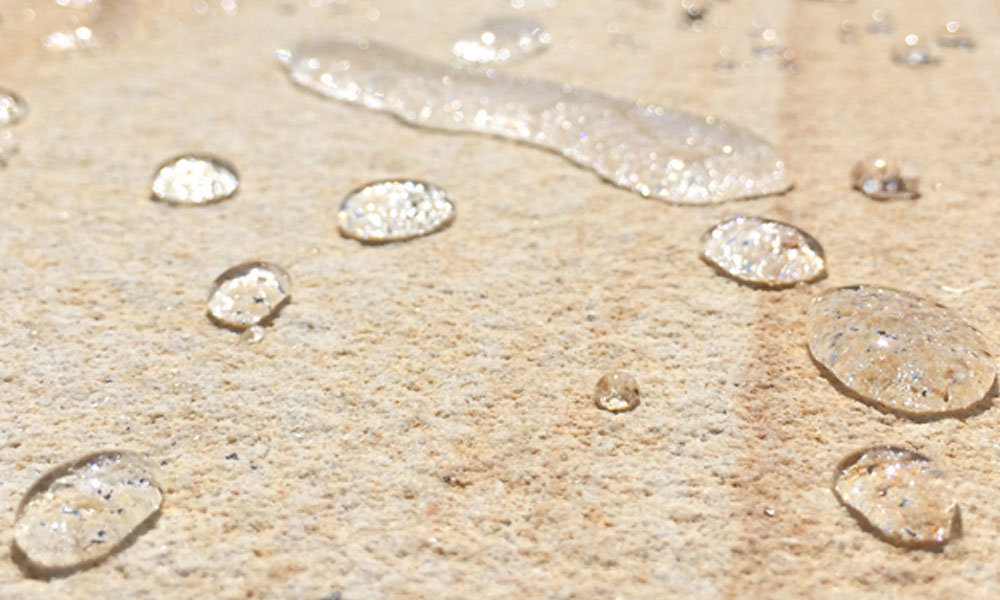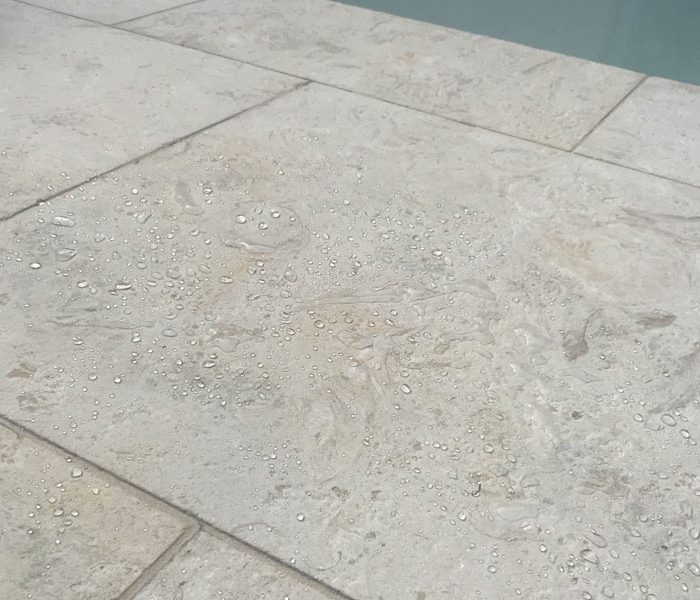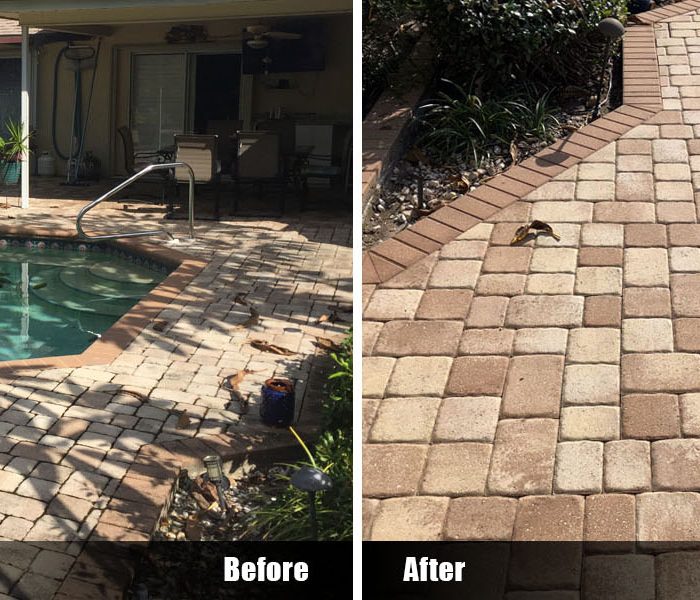Sandstone Sealer
Sandstone Sealer
Sandstone is a clastic sedimentary rock composed mainly of sand-sized (0.0625 to 2 mm) mineral particles or rock fragments.
Most sandstone is composed of quartz or feldspar because they are the most resistant minerals to weathering processes at the Earth’s surface, as seen in Bowen’s reaction series.
Like uncemented sand, sandstone may be any color due to impurities within the minerals, but the most common colors are tan,
brown, yellow, red, grey, pink, white, and black. Since sandstone beds often form highly visible cliffs and other topographic features,
certain colors of sandstone have been strongly identified with certain regions.
Rock formations that are primarily composed of sandstone usually allow the percolation of water and other fluids and are
porous enough to store large quantities, making them valuable aquifers and petroleum reservoirs.
Fine-grained aquifers, such as sandstones, are better able to filter out pollutants from the surface
than are rocks with cracks and crevices, such as limestone or other rocks fractured by seismic activity.
Quartz-bearing sandstone can be converted into quartzite through metamorphism, usually related to
tectonic compression within orogenic belts.
Sandstones are clastic in origin (as opposed to either organic, like chalk and coal, or chemical, like gypsum and jasper)
They are formed from cemented grains that may either be fragments of a pre-existing rock or be mono-minerallic crystals.
The cements binding these grains together are typically calcite, clays, and silica. Grain sizes in sands are defined (in geology)
within the range of 0.0625 mm to 2 mm (0.002–0.079 inches).
Clays and sediments with smaller grain sizes not visible with the naked eye, including siltstones and shales,
are typically called argillaceous sediments; rocks with larger grain sizes,
including breccias and conglomerates, are termed rudaceous sediments.
Red sandstone interior of Lower Antelope Canyon, Arizona, worn smooth by erosion from flash flooding over thousands of years.
The formation of sandstone involves two principal stages.
First, a layer or layers of sand accumulates as the result of sedimentation, either from water (as in a stream, lake, or sea)
or from air (as in a desert). Typically, sedimentation occurs by the sand settling out from suspension; i.e.,
ceasing to be rolled or bounced along the bottom of a body of water or ground surface (e.g., in a desert or erg).
Finally, once it has accumulated, the sand becomes sandstone when it is compacted by
the pressure of overlying deposits and cemented by the precipitation of minerals within the pore spaces between sand grains.
The most common cementing materials are silica and calcium carbonate, which are often derived either from
dissolution or from alteration of the sand after it was buried.
Colours will usually be tan or yellow (from a blend of the clear quartz with the dark amber feldspar content of the sand).
A predominant additional colourant in the southwestern United States is iron oxide, which imparts reddish tints
ranging from pink to dark red (terracotta), with additional manganese imparting a purplish hue.
Red sandstones are also seen in the Southwest and West of Britain, as well as central Europe and Mongolia.
The regularity of the latter favours use as a source for masonry, either as a primary building material
or as a facing stone, over other construction.
Stella Sealants has great Sandstone sealer product you can find it in our products section.







